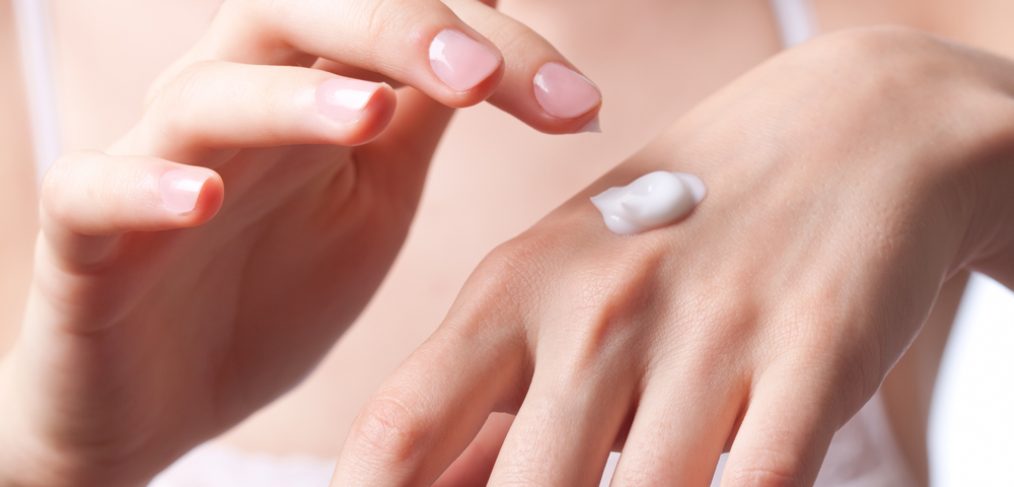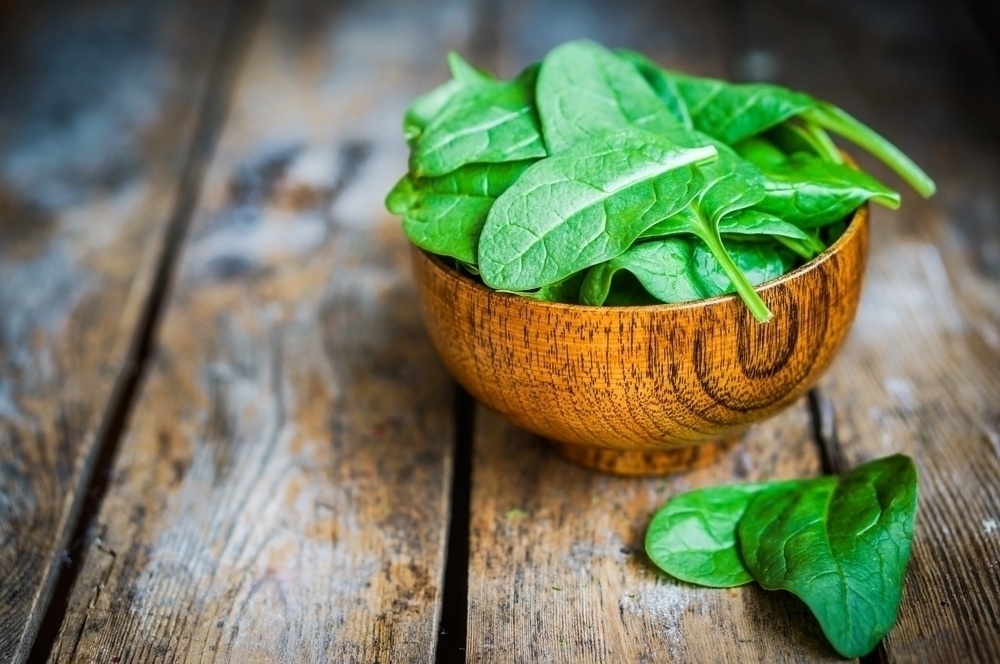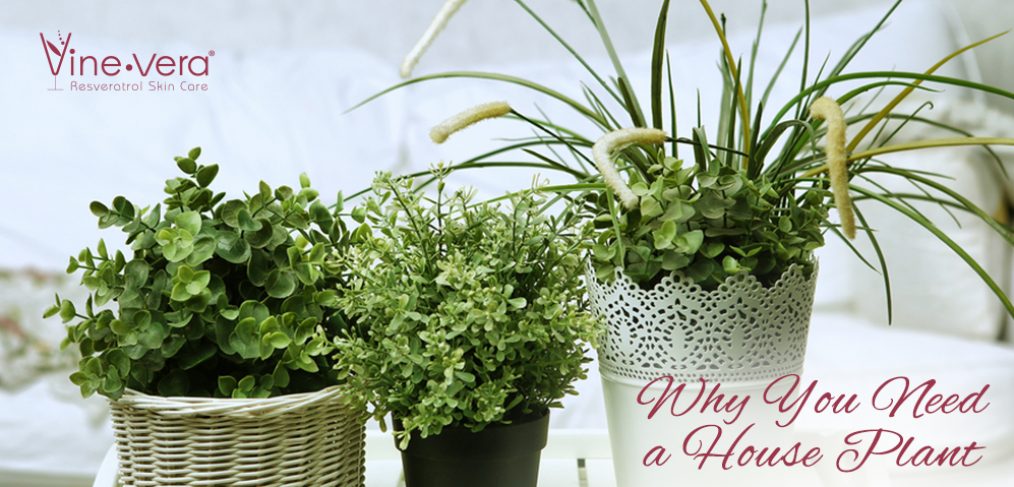Spring brings new life with fresh green grass and blooming flowers, but it also means the return of stinging insects. If you’ve ever been stung, and chances are that you have been, you know that insect stings can be incredibly painful and in the worst instances, they can cause severe allergic reactions. Below, find out what you need to know about four of the most common stinging insects.
Honeybees
Honeybees are highly social insects that are found throughout the world. These bees are active pollinators and they are responsible for pollinating more than 100 crops within the United States. Honeybees are about ½ inch in size, they have six legs and their bodies are predominantly golden yellow and brown bands. Honeybees, as their name implies, produce honey which helps feed their colonies during the winter months, and they are the only social insect who have colonies that can last for several years. Honeybees are a stinging insect, but they only sting once because when they sting, the stinger remains with the person or object that was stung. The stings of honeybees are most likely to be painful if the stinger is not removed immediately after the sting. If you find that you have a honeybee colony lurking in your attic or one of your trees, call a professional for removal. Honeybee colonies tend to be very large, and with the addition of honey, they are a mess to try and remove.
Paper Wasp
Paper wasps are a semi-social stinging insect that live in small colonies. These insects are also referred to as umbrella wasps because they make their nests in the distinctive shape of an umbrella. Paper wasps are anywhere from ⅝ to ¾ of an inch long and are brown with yellow markings, although some species of paper wasps are brown with reddish markings. Paper wasps feed off of nectar and other insects, and are not incredibly aggressive by nature. However, they will sting if they are disturbed or if their nest is threatened. Wasp stings are among the most painful, and can cause allergic reactions.
Yellowjacket
Yellowjackets are social insects that live in colonies of up to 4,000 workers and are most frequent during the late summer and early autumn months. Worker yellowjackets are usually ⅜ to ⅝ of an inch long and have a black abdomen with yellow patterns that often resemble bands. Yellowjackets are shaped more like a wasp than a bee, and they are a bigger threat to human than most bees. Yellowjackets are highly territorial and they will sting repeatedly if threatened. Allergic reactions are common with yellowjackets due to the number of times they will sting on person, and if you receive 10 or more stings at one time, experts recommend you go to a doctor or hospital for treatment. To keep the threat of yellowjackets down, keep all garbage covered, remove garbage frequently and be sure that your doors and windows have screens in good condition. Never attempt to remove a colony of yellowjackets, call a professional for your safety.
Bumble Bee
Bumble bees are considered to be incredibly beneficial because they pollinate crops and plants, but they are still a stinging insect. These bees are usually about one inch in length and are black with yellow stripes. Bumble bees often build their nests underground, but they may also use areas like decks and patios for a nesting spot. Bumble bees are highly aggressive when it comes to defending their nests and they often chase intruders for a considerable distance when they have been threatened. Like wasps and yellowjackets, bumble bees can sting more than once and their stings are among the most painful of stinging insects.
While removing a nest yourself seems like a pretty straightforward task, you should always call a professional for removal. All of the above stinging insects protect their hives and nests, and attempting a do-it-yourself removal can be highly hazardous. When stung, it’s always important to remove the stinger as quickly as possible and then to wash the area. Apply an antibacterial ointment and consider taking an antihistamine and over-the-counter pain reliever if needed. Take care outdoors this spring by knowing what insects can be threatening and how to respond if stung.























